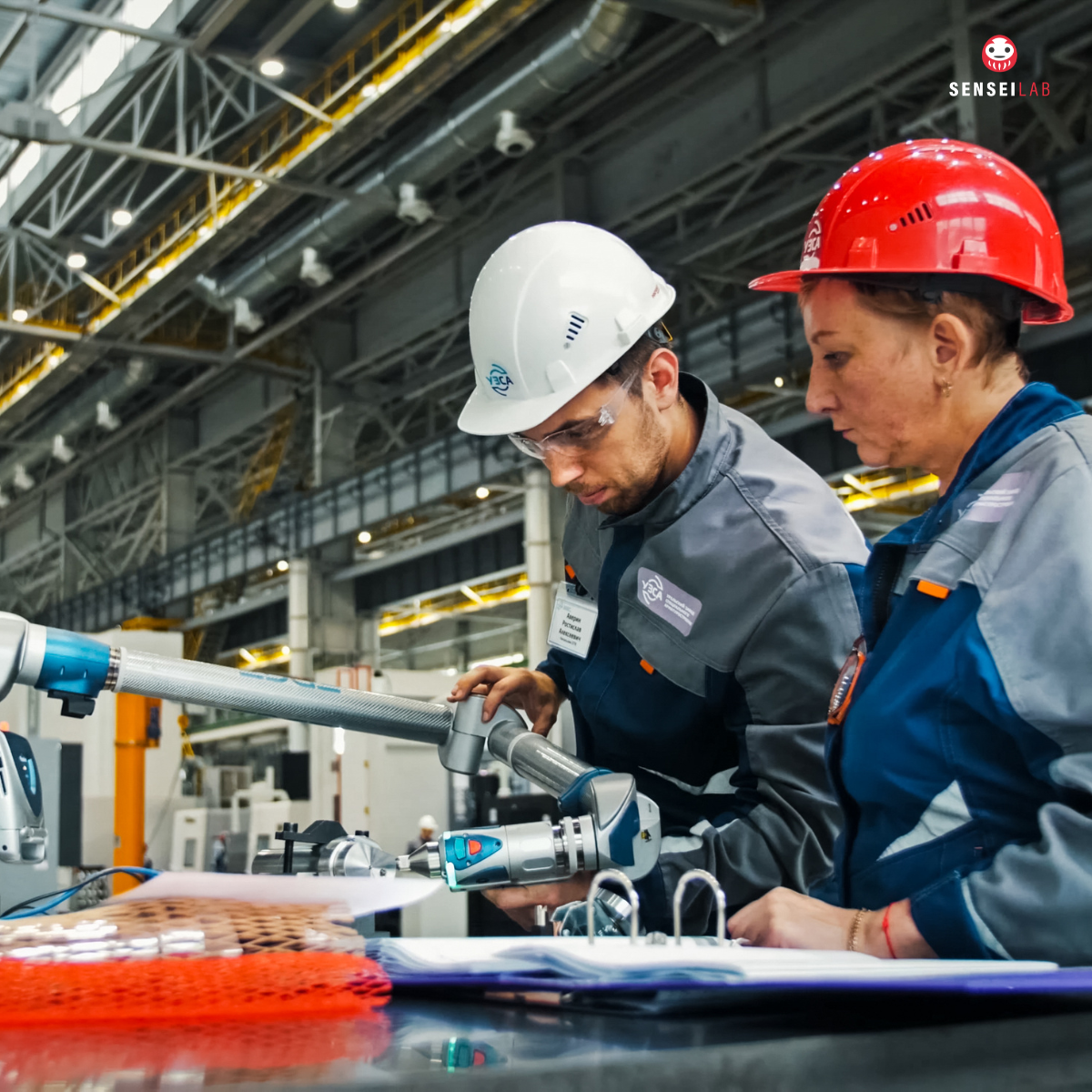It was a typical morning at the organization, an industry leader in high-precision manufacturing and engineering, delivering advanced components and complex assemblies with a focus on quality and reliability. Their expertise spanned from advanced component production to complex assembly processes, ensuring the highest quality and reliability in a demanding industry. But beneath the surface, employee morale was sinking. Productivity was declining, and frustration was brewing on the shop floor. Engineers felt unheard, operators were disengaged, and managers were overwhelmed with firefighting rather than strategic problem-solving.
Then came the turning point. The company decided to invest in Lean leadership training, a bold move aimed at reshaping not just processes, but the very culture of the organization. It wasn’t just another training program—it was a transformation.
Empowering Employees: A New Sense of Ownership
One of the first changes came in the form of decentralized decision-making. Instead of waiting for approvals from upper management, employees were encouraged to take ownership of their work. Take Lisa, a senior machinist who had been with the company for over a decade. Frustrated by recurring quality issues, she proposed a simple fixture redesign that eliminated defects by 30%. Before Lean leadership, her idea would have been buried under bureaucracy. Now, with leadership actively seeking employee input, Lisa’s solution was swiftly implemented, boosting both efficiency and her own job satisfaction.
Building Trust: Leaders on the Gemba
Managers who once sat behind closed doors were now spending time on the shop floor conducting Gemba Walks. Mike, the production supervisor, made it a point to visit each workstation daily, not to enforce rules, but to listen. When operators saw leadership genuinely interested in their challenges—whether it was a tooling issue or a safety concern—it built trust. Employees no longer saw management as distant decision-makers but as partners in success.
Breaking Silos: Collaboration Through Daily Management Meetings
A major pain point at the organization had been the disconnect between engineering and production. Engineers designed parts, and operators struggled with manufacturability—each blaming the other for inefficiencies. Lean leadership introduced Daily Management Meetings where teams presented key performance indicators (KPIs), achievements, and roadblocks. These meetings created alignment, fostering real-time problem-solving. As a result, production delays were cut by 20%, and communication between departments improved significantly.
Organizing for Efficiency: Implementing 5S
One of the first Lean initiatives was 5S, a methodology for workplace organization. Initially met with skepticism, the benefits became clear when maintenance technician Sarah led a 5S project in the assembly area. By sorting, setting in order, shining, standardizing, and sustaining improvements, she helped reduce the time needed to locate tools by 40%, leading to smoother operations and reduced frustration on the floor.
Investing in Growth: Problem-Solving as a Core Skill
To sustain this momentum, the organization launched problem-solving workshops as part of its Lean training program. These workshops empowered employees with structured approaches like A3 thinking and Root Cause Analysis. Tom, a junior technician, applied his training to solve a recurring issue with material flow, reducing wasted motion by 15%. Recognized for his contributions, he was soon promoted—a testament to the company’s investment in its people.
Standardization: The Key to Sustained Success
As the company matured in its Lean journey, standardization became a priority. Process variation was a significant source of inefficiencies, and inconsistencies led to defects. To combat this, the organization developed standard operating procedures (SOPs) for critical processes, ensuring that best practices were documented and followed. Operators, engineers, and supervisors collaborated on these standards, making them practical and easy to follow. As a result, defect rates dropped by 25%, and customer satisfaction soared.
Creating a Culture of Continuous Improvement
Perhaps the most profound impact of Lean leadership training was the cultural shift. Employees no longer hesitated to suggest improvements. Failures weren’t punished but seen as learning opportunities. Monthly Kaizen events became a norm, and teams celebrated small wins together. Over time, the organization saw not just improvements in performance but in engagement—employee turnover dropped by 25%, absenteeism reduced, and operational efficiency reached new heights.
Conclusion: A Blueprint for Success
the organization’s journey wasn’t about implementing Lean as a set of tools; it was about embracing a leadership philosophy that empowered, trusted, and invested in employees. The results spoke for themselves—higher productivity, better quality, and, most importantly, an engaged workforce passionate about their contributions.
For aerospace companies navigating the complexities of modern manufacturing, the lesson is clear: Lean leadership isn’t just an operational strategy—it’s the key to unlocking the full potential of your people.




